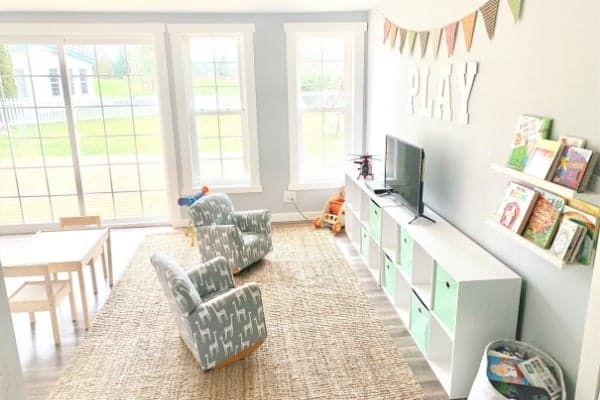Attempting DIY restoration can save homeowners upfront costs and provide a sense of accomplishment. However, there are times when calling a professional is the better choice.
Understanding the scope of a reconstruction project, assessing personal skills and capabilities, and considering budget constraints are all critical factors in making this decision.
Minor Damage
Regarding minor damage, homeowners may be tempted to roll up their sleeves and tackle restoration tasks themselves. It is essential to understand the scope of the damage, assess personal capabilities and preferences, and be realistic about what can be achieved independently.
The significant drawbacks of DIY reconstruction include safety concerns, a lack of expertise, and the risk of compounded issues and structural compromises. Professionals at Pure Restore are trained to identify and address underlying problems, ensuring the restoration process is effective and efficient.
A comprehensive restoration process includes several steps that DIY enthusiasts overlook, such as dehumidification and disinfection. These measures are vital to the success of any restoration project and can help prevent future problems, such as mold growth or trapped water. Homeowners who want to engage in the DIY approach should prioritize safety, assess the situation carefully, and seek professional assistance when necessary. For instance, if you need help with Glass Repair or replacement, then it’s best to contact professionals instead of trying anything yourself. This will provide peace of mind and a restored property.
Structural Damage
A home’s safety and integrity are jeopardized by structural deterioration, which calls for the assistance of certified engineers or contractors. Homeowners frequently fix surface problems like leaky pipes or cracked window frames, but structural issues are frequently more severe.
Trying to fix structural damage yourself can lead to more costly repairs. For instance, the entire structure may collapse if you remove load-bearing walls incorrectly. Or, caulking foundation cracks may stop water but won’t correct the underlying cause of the cracking, which could worsen over time.
Structural issues can happen at any time, even in new homes. Faulty building practices, faulty materials, soil movement, and even old age can contribute to structural faults. Identifying the warning signs and taking prompt action can avoid more costly repair bills. It can also help you prepare if you plan to sell your home. Structural faults can be deal-breakers for potential buyers.
Smoke Damage
Smoke damage is a complicated issue beyond superficial stains and lingering odors. It also permeates into fabric, furniture, and structural elements. As such, tackling it without expert assistance may lead to costly mistakes. Underestimating its complexity, improper ventilation management, and generic cleaning methods are just a few common mistakes homeowners must make to tackle smoke damage restoration independently.
For starters, it is essential to vacuum loose soot from the floorboards, walls, and ceilings. This is crucial for preventing further damage to the walls and floors. It should be done while wearing Personal Protective Equipment (PPE) since soot particles can harm the lungs.
Once the soot is removed, a thorough inspection of the walls must be conducted to assess their level of damage and determine whether or not they need repainting. This step is vital because smoke can travel from room to room through cracks and crevices, leaving areas that weren’t even directly affected by the fire with discoloration and odor.
Water Damage
Water damage can cause immediate and long-term issues for commercial and residential properties. This damage can lead to mold growth, wood rot, rusting metals, and other structural damage. It can also cause health risks and increase the cost of restoration and replacement materials.
One of the most common signs of water damage is discoloration on walls or ceilings. This is usually caused by a water leak that has been left unchecked. Look for yellow, brown, or dark stains on the wall. Also, be sure to check for warped floorboards and peeling paint.





